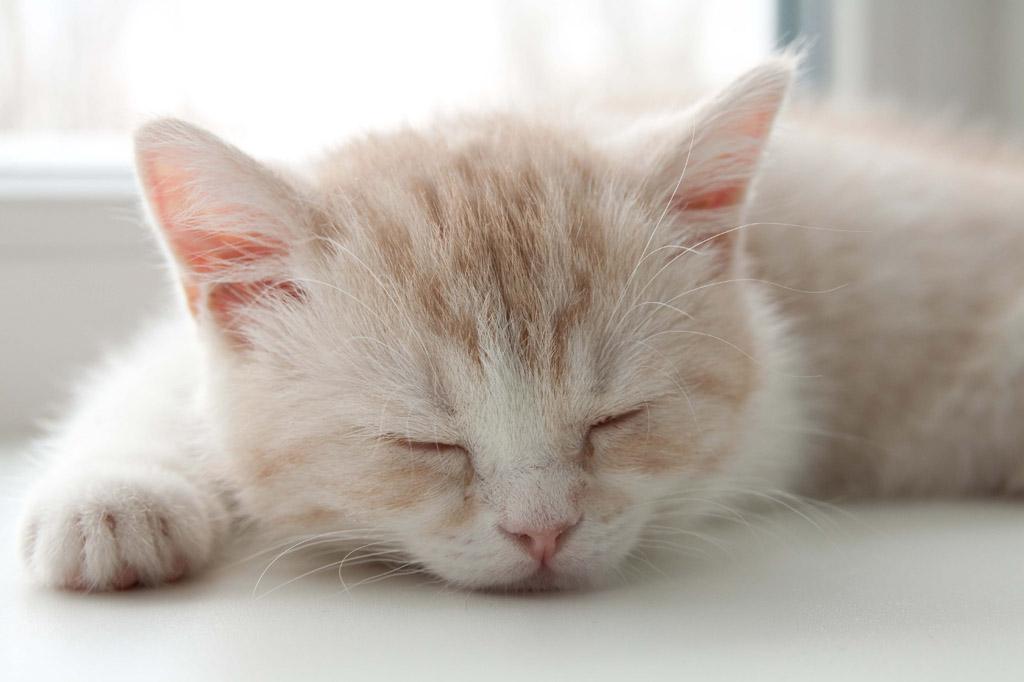We can often see videos of various cats drilling boxes on the Internet, and their cute appearance is really unbearable. But smart, have you ever wondered why cats like boxes so much? According to zoologists, it turns out that this is a way for cats to gain a sense of security. Let’s take a look at it with the editor of Boqi.com.
Why do cats like boxes
cats love boxes
release stress
Claudia Fink, a veterinarian at Utrecht University in the Netherlands, is one of the researchers who has looked at stress levels in shelter cats in recent years. At an animal shelter in the Netherlands, she divided newly arrived cats into two groups, giving one of them boxes and the other not. She found a significant difference in stress levels between the two groups of cats. In the new environment, those cats who received the crate were significantly more adaptable, had much lower stress levels, and were more willing to interact with humans.
When almost all cats encounter a stressful situation, the first reaction is to step back and hide. “Hiding is a behavioral strategy that cats employ when confronted with environmental changes and stress,” says Claudia Funk. This holds true for cats in the wild, as well as cats living in your home. . However, cats in the wild will hide in tree tops or burrows, while your cat will seek peace in a shoebox.
Avoid problems in a safe place
An important point to point out is that cats are actually very bad at conflict resolution. To quote from The Domestic Cat: The Biology Behind Behavior: “Cats do not appear to have developed the same conflict resolution strategies as other more socially adapted species, so they may avoid intense encounters by avoiding each other or reducing activity. war.”
Therefore, cats tend to avoid problems rather than solve them. In this sense, a box often represents a safe zone, a place where all anxiety, hostility, and unnecessary attention simply disappear.
for heating
Astute observers will find that cats not only love boxes, but also relax in many quirky places. Some curl up in the sink, while others prefer to hide in shoes, bowls, shopping bags, coffee cups, empty egg cartons and other small, confined spaces. Which brings up another reason cats love crates (and other seemingly uncomfortable spaces): they get cold.
According to a 2006 National Research Council study, the thermoneutral zone (the range of ambient temperatures in which an individual warm-blooded animal has minimal metabolism) is 30 to 36 degrees Celsius, within which cats feel comfortable without producing excess to maintain body temperature, or expend metabolic energy to cool down. This temperature range is just about 6.7 degrees Celsius above the human thermal neutrality zone, so you shouldn’t be surprised to see your neighbor’s cat basking in the middle of the asphalt in the summer.
It also explains why many cats like to curl up in crates and other oddly small spaces. Corrugated cardboard is a great insulator, and the narrow space forces the cat to curl up in a ball, which in turn helps it retain heat. In fact, the National Research Council study also found that ambient temperatures in most cat dens were around 22 degrees Celsius, almost 10 degrees Celsius below the lowest temperature in a cat’s thermoneutral zone.







